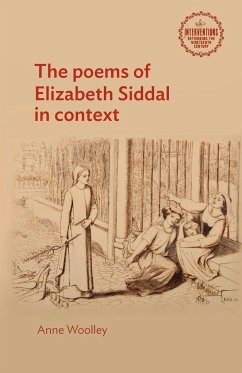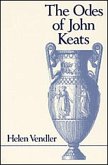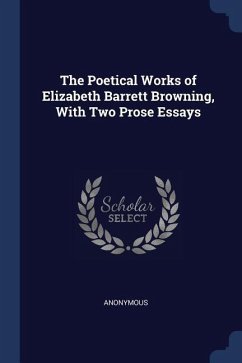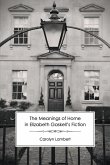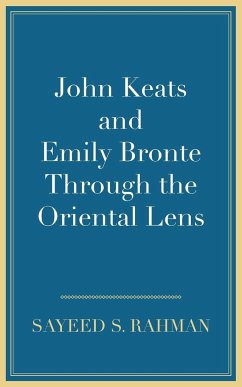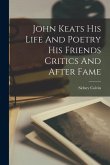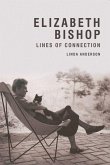This significant new book considers all of Elizabeth Siddal's poems as part of the on-going retrieval and re-evaluation of nineteenth-century women poets. Perhaps more importantly, it does so with reference to the work of male poets who were either known to her, or were a source of influence on the Pre-Raphaelite Brotherhood with which she was associated; Dante Rossetti, Swinburne, Ruskin, Tennyson and Keats. Comparison is also made with female counterparts, including Christina Rossetti, Elizabeth Barrett Browning and Romantic poets Felicia Hemans and Letitia Landon, but in shifting the emphasis towards her male counterparts, Siddal is afforded long-overdue augmented critical reception and an enhanced reputation based firmly on her merits as a writer rather than on her already well-documented life history. This volume addresses various thematic aspects of her work and locates it in a contemporary cultural context, illuminating philosophies shared with other poets and enabling alternative readings of texts that at first glance can appear slight, self-indulgent and derivative. The dualism between earthly and spiritual love is explored through her lyrics and sonnets taken from Rossetti's The House of Life sequence. Siddal and Swinburne both engaged with the ballad tradition and Siddal used it to lament the inability of women to express themselves. The nineteenth-century 'woman question' is examined via 'Of Queens' Gardens' by Ruskin and lyrics taken from The Princess by Tennyson, and the paradoxical conjunction of physical and spectral body is considered through Keats's Lamia, Isabella and The Eve of St Agnes. Paintings by Millais, Hunt and Rossetti, and Siddal's own artwork, are used as informative entrées to each chapter, making this a valuable and stimulating addition to studies of the Pre-Raphaelite canon.

